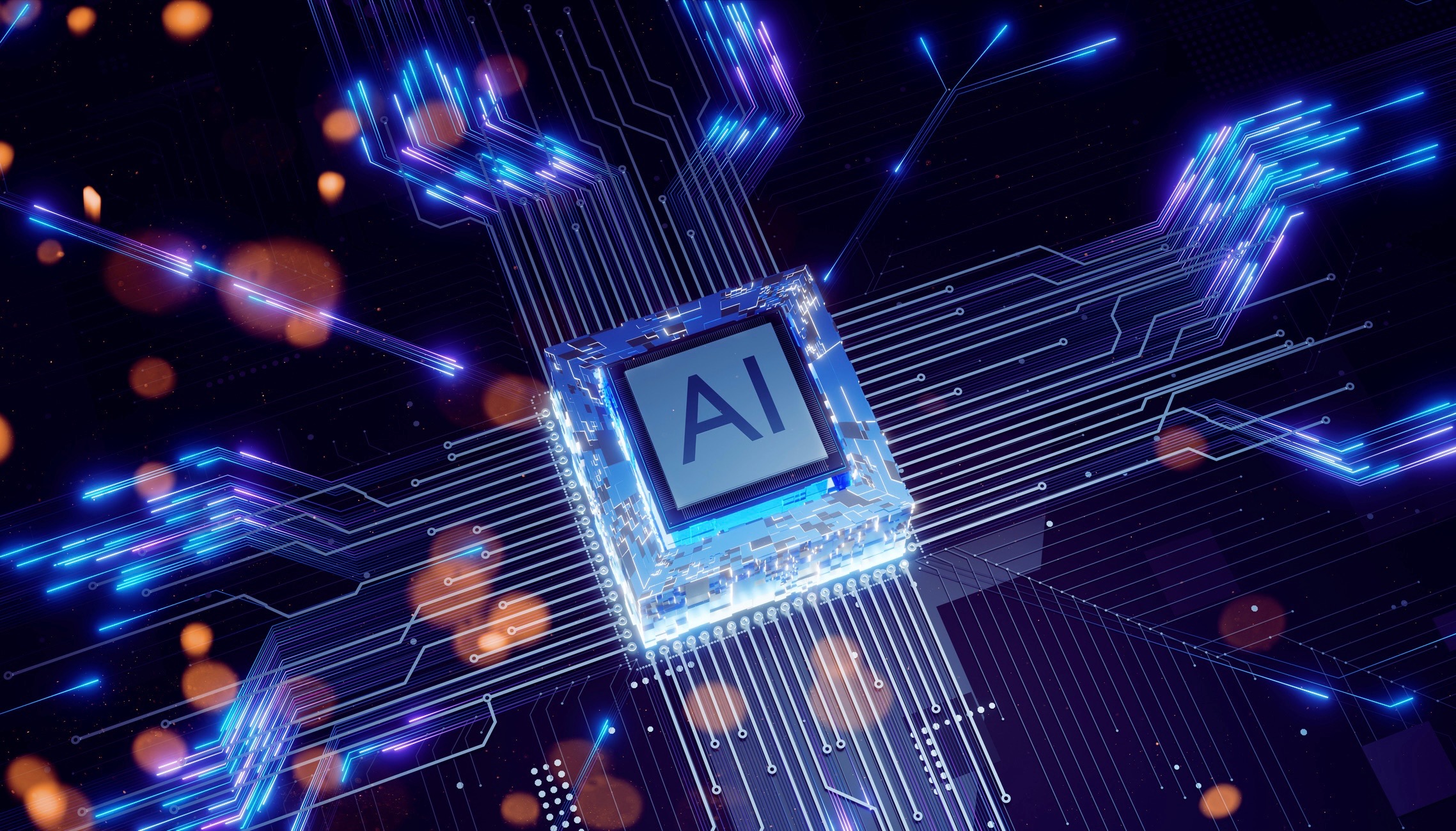Agentic AI Needs an Operational Firewall
Key Takeaways
- Runtime Risk Is the New Frontier: The biggest risks now emerge when AI agents execute actions in live environments, not when models are being designed or validated.
- Governance Must Become Continuous: Oversight can’t stop at deployment. Organizations need real-time monitoring, intervention rights, and rollback capabilities.
- Accountability Remains Human: Regulators expect companies to maintain control, transparency, and documented oversight of AI decisions that affect people and business operations.
- Architectural Guardrails Matter: Permissions, action limits, audit trails, and kill switches must be engineered into the systems that agents rely on, not bolted on later.
- Resilience Depends on Discipline: As AI becomes embedded in high-stakes workflows, operational failures can escalate far faster than humans can respond.
Deep Dive
For years, AI governance has been built around preventing bad decisions before they happen. Organizations assess training data, test accuracy, evaluate bias, write principles, and sign off on models before they go live. That made sense when AI produced insights and humans made the choices that followed.
But AI is no longer sitting quietly behind the curtain, scoring and recommending. It is increasingly acting. Agentic AI performs tasks, interacts with infrastructure, approves transactions, and triggers workflows that ripple across supply chains and customers. When something goes wrong—whether because of a faulty assumption, an unseen edge case, or a compromised input, it happens fast, at scale, and sometimes invisibly.
The exposure isn’t hypothetical. It’s operational.
Governance Built for Yesterday’s AI
Many governance teams still operate on the assumption that risk is contained in the model. If the testing is strong, the documentation is thorough, and compliance signs off, the system should behave as expected.
That assumption collapses once an AI system is connected to real-world execution.
Live environments are messy. Context changes quickly. Threat actors interfere. Data shifts hour to hour. Even correct logic can trigger unintended consequences when automation propagates actions across multiple systems that were never designed to respond autonomously.
The challenge is not just whether the model is compliant. It’s whether the behavior stays controlled when nobody is manually approving each step. Regulators are making this point increasingly explicit. Financial supervisors, cybersecurity authorities, and privacy regulators continue to reinforce the standard that delegating execution to a machine does not delegate responsibility. Instead, organizations must:
- Define who is accountable for agent actions
- Document triggers and escalation paths
- Demonstrate intervention capabilities
- Retain full traceability of decisions and their effects
If an AI system changes pricing, blocks customers, halts operations, or sends money out the door, someone must be able to show how it happened—and stop it when needed.
Operational Guardrails as the New Control Function
Governance is evolving from policies to active safeguards. Organizations need visibility into what agents are doing, not just what they were designed to do. The architecture must enforce discipline:
- Limit what agents can access and automate
- Require checks before high-impact actions
- Log every decision with causal links
- Provide a system-level “pause” option
- Maintain real-time dashboards of activity and deviations
Not because we distrust automation but because automation amplifies consequences.
A safety net isn’t a barrier to speed. It’s the reason we can move quickly with confidence.
Rapid Failures Demand Rapid Control
This is not a theoretical risk. Consider this:
- A procurement agent making flawed supplier decisions that destabilize production
- A maintenance bot misconfiguring cloud infrastructure during peak demand
- An autonomous financial system misinterpreting a market signal and triggering a cascade of trades
- A communications agent publishing unreviewed messaging that breaches compliance obligations in minutes
In each case, the harm comes not from intelligence but independence.
The faster AI acts, the faster control needs to be asserted. Many leadership teams believe they are well along the AI governance curve but their controls still assume a world where humans remain in the loop by default. The shift from advisory to autonomous requires organizations to rethink how they define assurance, resilience, and accountability.
We’re not abandoning the AI governance foundations already built, we’re completing them. Real resilience means accepting that intelligent systems will sometimes make the wrong move and ensuring they can’t escalate a mistake into a crisis.
The organizations that treat operational governance as core infrastructure, not optional overhead, will be the ones capable of unlocking autonomy without compromising integrity.
Because innovation without control isn’t progress. It’s luck.
The GRC Report is your premier destination for the latest in governance, risk, and compliance news. As your reliable source for comprehensive coverage, we ensure you stay informed and ready to navigate the dynamic landscape of GRC. Beyond being a news source, the GRC Report represents a thriving community of professionals who, like you, are dedicated to GRC excellence. Explore our insightful articles and breaking news, and actively participate in the conversation to enhance your GRC journey.
Sponsored by






.svg)

.svg)